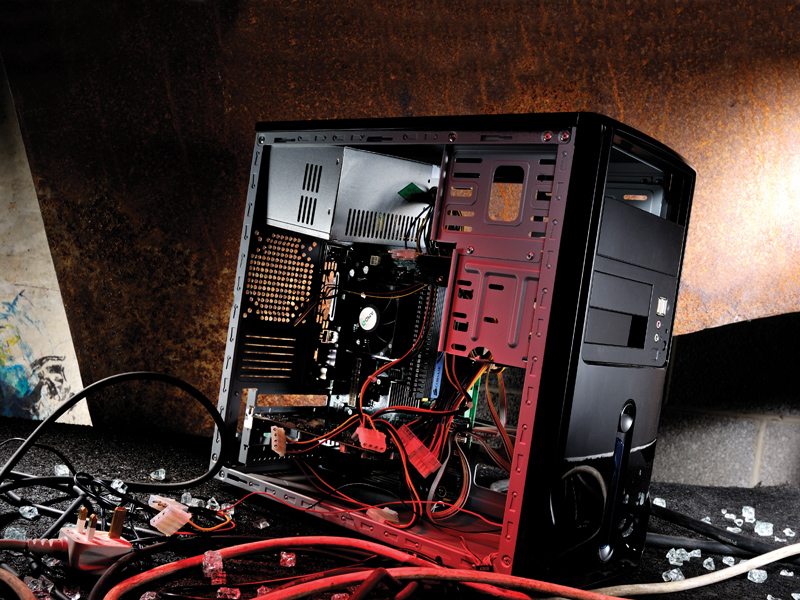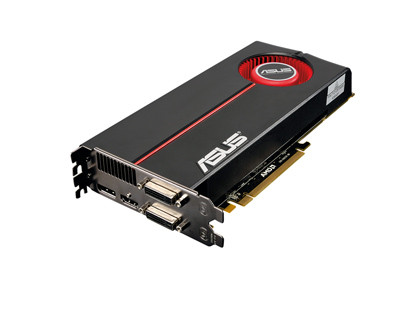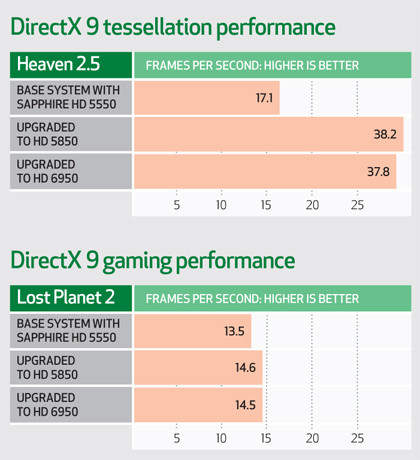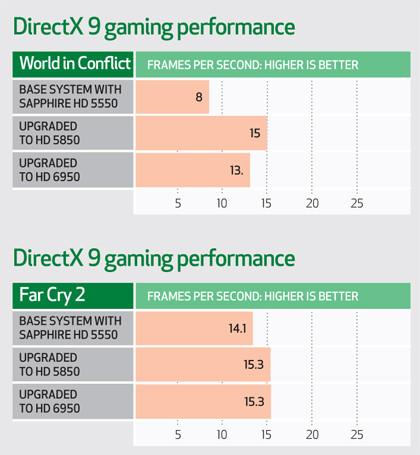Is it worth upgrading your old PC for gaming?
We benchmark old vs new to see if upgrading makes sense

Old PCs can be found everywhere. There are millions of them out there, languishing under beds and at the back of cupboards slowly collecting dust. The poor things, it seems such a shame.
One of the big advantages of the PC is that you can upgrade easily - or so it's sold by the industry at large. Surely you can take an old machine and, by adding extra kit here and there, turn it back into something worthwhile? What should you upgrade first? Can you just throw a half-decent graphics card into an old rig and make something of it? Can cast-off PCs be made back into useful members of the gaming community?
Now, enter our base system on which we'll be experimenting. From the dusty recesses of the office, we unearthed a rather neglected desktop. Inside, we had a 2.11GHz AMD Sempron chip coupled to a 512MB Sapphire HD 5550 graphics card and 1GB of RAM, all plugged into a Biostar MCP6P-M2 board and running Windows XP from a 160GB IDE drive.
Even in its day it wouldn't have turned heads, but now it's almost repugnant. Basically, it's a two-year-old budget system. It's still OK if you just want to run some boring old productivity stuff, but it struggles to render recent games at… well… any settings, really.
Given the pick of the office's not inconsiderable pile of hardware, we tested various upgrades to see what made a difference and what didn't. Where are the bottlenecks in the performance, and how easy are they to fix? It turned out to be a bit more difficult than we imagined…
The latest 3D games naturally lean heavily on the graphics subsystem. Very heavily. So all you need to do to turn a mediocre has-been into a gaming powerhouse is add a decent card, right? Bish-bosh, job done. Our base system's Sapphire HD 5550 card is decent enough in its own way, and would be perfectly happy if you stuck to playing around on the desktop, but once you start getting all three-dimensional it begins to fall flat on its pixelated face.
Our suite of games benchmarks revealed a very sluggish system by anyone's standards - and it's no fun playing games that you know can look a whole lot better.
Get daily insight, inspiration and deals in your inbox
Sign up for breaking news, reviews, opinion, top tech deals, and more.
Graphics card upgrade
First, we tried a Radeon HD 5850. Not quite the cutting edge of graphical goodness, but it's a capable card nevertheless.

We tracked down a 1GB Sapphire 5850 Xtreme, retailing for around £100, at which price you can't complain. It required a 6-pin power connector, which our PSU had, and it's not too big physically, either. Fitting the card was easy, drivers installed, benchmarks away and…
The results were most disappointing. The 3DMark06 benchmark showed an improvement of less than 6 per cent, and the game benchmarks didn't fare much better. World in Conflict did manage a decent boost, getting on for double the frames. However, both Far Cry 2 and Lost Planet 2 merely added a frame or two, which isn't quite what you might hope for, what with your wallet being £100 lighter.
Heaven's complete reliance on graphics hardware did at least show us where that money had gone, because the score we garnered from it nearly doubled. Hurrah! Being impressed by artificial benchmarks is all well and good, but what we didn't get in this instance is any decent increase in actual game speeds. Boo.
Time, then, to get a bigger gun. Doubling the budget, we dropped AMD's Radeon HD 6950 in place, which is quite a hefty piece of hardware - literally and metaphorically. At 270mm long, it proved a tight squeeze, but our erstwhile case could take it thanks to the lack of drive bays at the bottom of the machine. It's something to check before you drop cash on a similar upgrade, though, as many older cases weren't designed to handle such beasts.
Power up
After fitting the extra firepower, we fired up the benchmarks and, once again, were completely unimpressed. This time we'd spent twice as much money, only to be more disappointed.
3DMark06 and Heaven 2.5 actually went backwards a bit and the games themselves weren't much happier. All in all, our new £200 upgrade was rubbish. To be fair to the HD 6950, it does scale much better than the 5850 did, something we saw by cranking up the resolutions. And, of course, we have a card designed for a 64-bit OS and drivers, running on a 32-bit system - which didn't help either way.
What we've proved here is that a powerful, and expensive, graphics card isn't the magic bullet you might think. There's a hefty bottleneck at play here, and that bottleneck is the processor. Our 2.11GHz Sempron simply can't feed the graphics card fast enough.
Heaven shows that the cards are doing their thing, but the rest of the system isn't up to it. Spending £100 on a mid-range job is hardly recommended, and spending more is bordering on lunacy. The only advantage in a proper high-power card is that you can easily move it to another system later, so it's not money completely wasted.
A quick look through the motherboard specification also revealed that our base system is running PCIe version 1.1, while everybody and his pixel-pushing dog is sporting version 2.0. This is another reason for our upgrades failing to impress.
It's not quite as bad as you might think, though, because the accepted wisdom is that the PCIe bus is so wide that bottlenecks elsewhere are more important.
Just to prove the point, here are the numbers that matter: PCIe 1.0 and 1.1 shift 250MB/s per lane, in theory. Actually, it fluctuates a bit and (what with overheads and so forth) you really get somewhere between 150 and 190MB/s, which is a maximum of a tad over 3,000MB/s on a 16-lane card - still healthy stuff.
PCIe 2.0 doubles that, exactly, by doubling the base clock. Running on the older PCIe spec will have cost a few frames per second on our benchmarks, which we can ill afford to drop at these low rates. No matter what is says in the adverts or on the back of the box, a sexy graphics card on its own can't perform miracles. Time to change tactics.

All these benchmarks are running under DX9, because we're still chugging along under Windows XP. Since we've changed only the graphics card, we've just quoted benchmarks that will show an improvement.
What we've proved is that just throwing money at the graphics card isn't the answer. The HD 6950 even manages to go backwards (which we put down to the 32-bit drivers). You've been warned: putting a decent graphics card in something too old is a profitless exercise.

